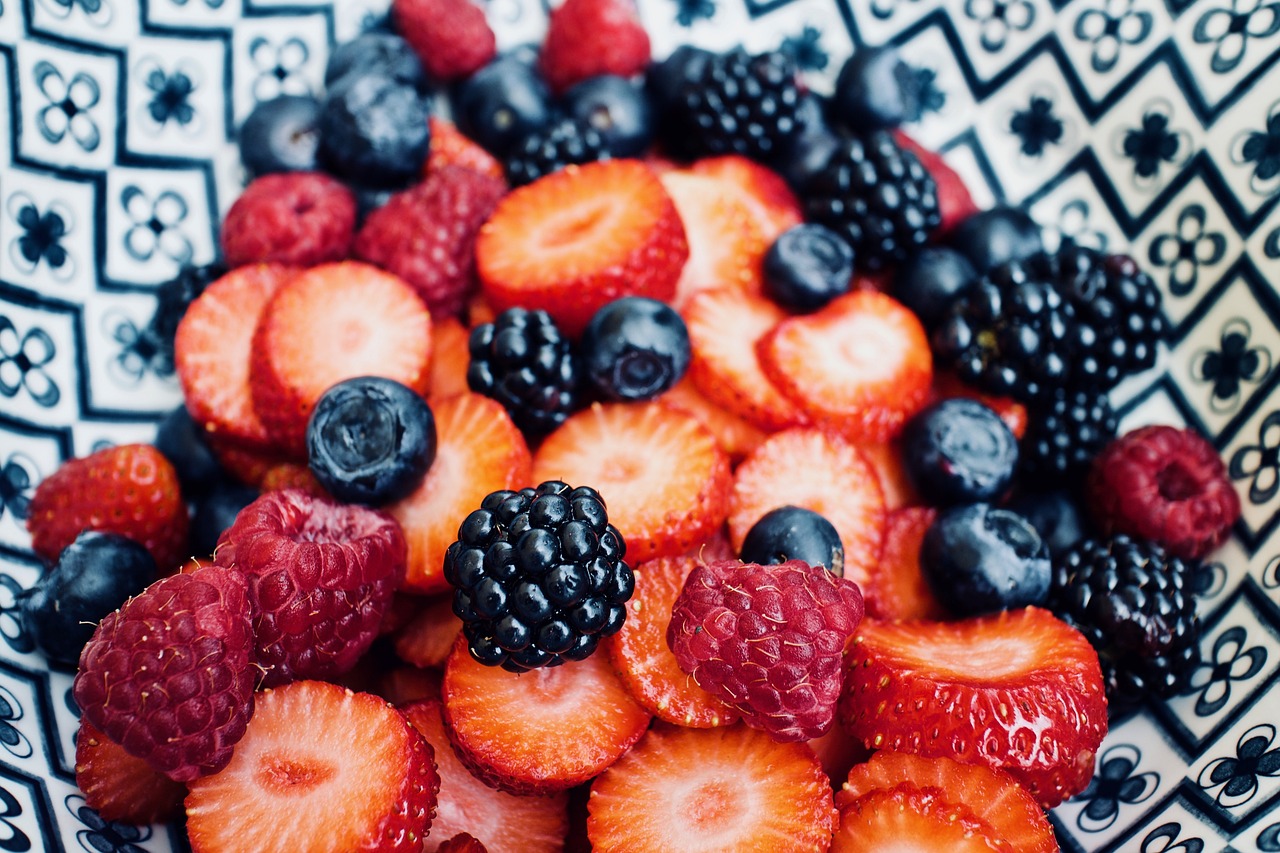“`html
In a world saturated with food options, understanding the significance of nutrient-dense foods has never been more critical. As individuals strive for healthier lifestyles, the focus is shifting from merely counting calories to maximizing nutritional value. Nutrient-dense foods offer an efficient way to pack vitamins, minerals, and other beneficial compounds into our daily diet. This blog post will delve into the concept of nutrient density, explore various nutrient-dense food options, and provide actionable insights for incorporating these powerhouse foods into your meals.
What Are Nutrient-Dense Foods?
Nutrient-dense foods are those that provide a high amount of nutrients relative to their calorie content. These foods are typically rich in vitamins, minerals, fiber, and antioxidants, while being lower in added sugars, harmful fats, and empty carbohydrates. Understanding nutrient density is essential for making informed dietary choices that support overall health.
The Importance of Nutrient Density
Focusing on nutrient-dense foods can lead to numerous health benefits, including:
- Improved Health Outcomes: A diet rich in nutrient-dense foods can lower the risk of chronic diseases such as heart disease, diabetes, and obesity.
- Weight Management: Consuming fewer empty calories while obtaining necessary nutrients can aid in healthy weight maintenance.
- Enhanced Energy Levels: Nutrient-dense foods provide the vitality needed for daily activities without the crashes associated with high-sugar foods.
- Better Mental Health: Certain nutrient-dense foods can support brain health and emotional well-being.
Examples of Nutrient-Dense Foods
Here are some categories of nutrient-dense foods that are easy to incorporate into your meals:
Fruits and Vegetables
- Leafy Greens: Spinach, kale, and Swiss chard are packed with vitamins A, C, K, and several minerals.
- Cruciferous Vegetables: Broccoli, Brussels sprouts, and cauliflower are known for their cancer-fighting properties.
- Berries: Blueberries, strawberries, and blackberries are rich in antioxidants and fiber, supporting heart health.
Whole Grains
Whole grains are an excellent source of complex carbohydrates, fiber, and vital nutrients:
- Quinoa: A complete protein containing all nine essential amino acids.
- Brown Rice: More fiber and nutrients than its white counterpart.
- Oats: Rich in beta-glucans, which promote heart health and blood sugar control.
Proteins
Protein is crucial for muscle building, repair, and overall health. Opt for these nutrient-dense options:
- Legumes: Lentils, chickpeas, and black beans are high in protein and fiber.
- Fish: Fatty fish like salmon and mackerel are rich in omega-3 fatty acids and protein.
- Nuts and Seeds: Almonds, chia seeds, and flaxseeds provide healthy fats and essential nutrients.
Dairy and Dairy Alternatives
Dairy products are rich in calcium, protein, and other vital nutrients. For those opting for non-dairy alternatives, look for:
- Greek Yogurt: Higher in protein and probiotics compared to regular yogurt.
- Fortified Plant Milks: Almond, soy, or oat milk enriched with calcium and vitamins.
- Cottage Cheese: A low-fat option rich in protein.
Herbs and Spices
Herbs and spices add flavor and nutritional benefits:
- Turmeric: Contains curcumin, which has powerful anti-inflammatory properties.
- Garlic: Known for its immune-boosting effects and potential heart health benefits.
- Ginger: Offers digestive benefits and anti-nausea properties.
How to Incorporate Nutrient-Dense Foods into Your Diet
Integrating nutrient-dense foods into your diet doesn’t have to be overwhelming. Here are some practical tips:
- Plan Your Meals: Create a meal plan that includes a variety of nutrient-dense foods.
- Snack Smart: Choose snacks like fruits, nuts, or yogurt over chips or candies.
- Cook at Home: Preparing meals at home allows you to control ingredients and prioritize nutrient-rich foods.
- Experiment: Try new recipes that highlight nutrient-dense ingredients to keep meals exciting.
Conclusion
Incorporating nutrient-dense foods into your diet is a transformative step towards better health and well-being. By understanding what nutrient density means and identifying a variety of nutrient-rich options—from fruits and vegetables to whole grains and proteins—you can enhance your meals and support your overall health effectively. Remember, the key is to focus on quality over quantity—making every calorie count toward your health goals will lead to lasting benefits. Start your journey toward a more nutrient-dense diet today and discover the wealth of health benefits it can provide!
“`






